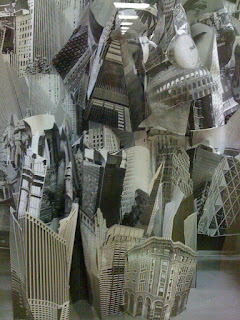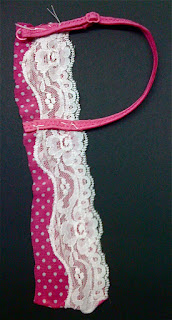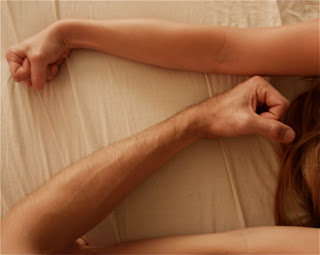| ||
|
We started the last class with Aileen passing around a few books that had been printed online. This really expanded my ideas on "homemade books". And I am really excited for Christmas this year as I plan on using one of the online sources for a few gifts... Hopefully the people receiving these gifts are as excited as me! (or they might have a bummer of a holiday :)
And we discussed some uses for them in the classroom:
- you can create documentation of student work in an end of the year book,
- or one themed idea into a book...like "3rd grade Falls into Autumn" book.
- Parents can order it directly online or you could use it for fundraising for other classroom needs. (i.e. class trips or special supplies).
- Its also smart to document your teaching portfolio. Printing one book a year, will be a great reference for yourself as well as for future career moves. I plan on doing this!
We then looked at a few published books which were creatively organized (like this one):
It really opened my eyes to the limitless ways you can expand on book making. Seriously, you could spend an entire semester working with this theme and apply it to a variety of age groups.
A book called Eco Books was passed around which is a great reference for green recycled materials book ideas.
Another good idea besides the technique we are using for book covers is taking an old folder and transforming it with paper mache.
We also looked at home-made paper which Aileen had made and Alessandra shared some of her original paper as well. They were beautiful!
 |
| Aileen's paper |
 |
| Alexandra's paper |
Its a pretty simple process. Basically, shred paper and add water. Blend in a blender and smoosh "pulp" onto a screen, where you can flatten and dry. Easy, cheap, and fun with beautiful results!
check out this how to video: http://www.youtube.com/watch?v=UlX87tvei7c
We then went on to begin our graphic novels. It was nice to have work time and to be able to discuss and bounce ideas off my classmates. Although this graphic novel assignment is limited to pencil or black ink/sharpies..Romina and Sarah suggested for the future (sense I'm really into photographic collage at the moment) to use a marker called a white blender prisma, or winter green oil, which can be used to transfer xeroxed pictures onto other surfaces by placing the printed paper faced down on the other surface and rubbing the prisma or oil on the other side. Super excited to try this technique!!
Finally, Here are my sketches from last week:
I went upstate and found these old classic prints at an antique shop. So I cut them up and collaged them into a couple of recent photos that I took.











































